MSR’s Alpine Chef’s KnifeFor years, my favorite camp-cooking knife has been a Joyce Chen paring knife with a 3-3/4″ stainless blade and a plastic handle and sheath. It did most galley jobs well enough, but I can only get three fingers on the handle, the blade doesn’t extend far enough beneath the grip for cutting-board tasks, and the sheath, while dishwasher proof, has a slot that’s scarcely a millimeter wide and impossible to clean. The sheath's alternating openings make it easy to clean and dry its interior surfaces.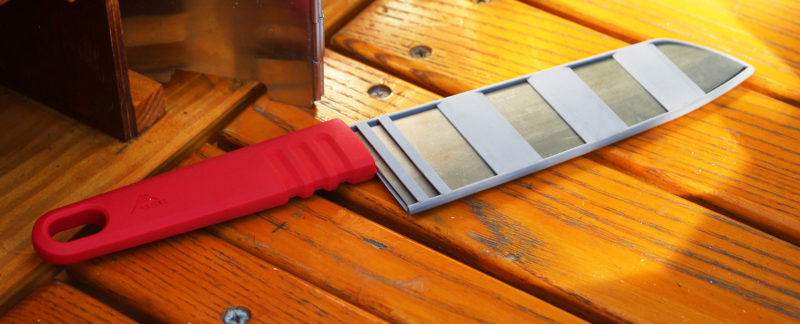
Join The Conversation
We welcome your comments about this article. If you’d like to include a photo or a video with your comment, please email the file or link.
One thought on “Chef’s Knife and Floating Sunglasses”
Leave a Reply
Stay On Course

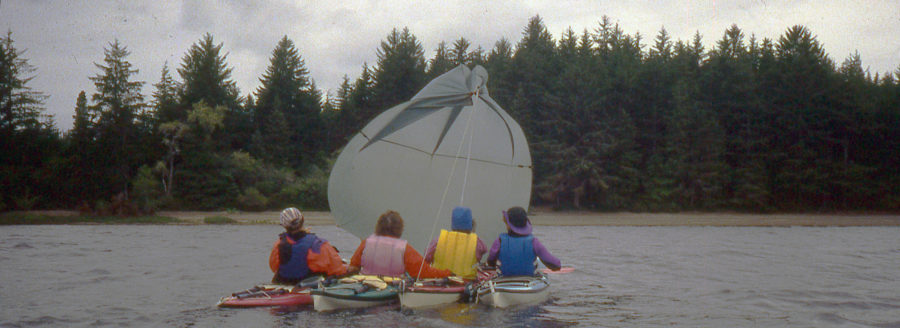
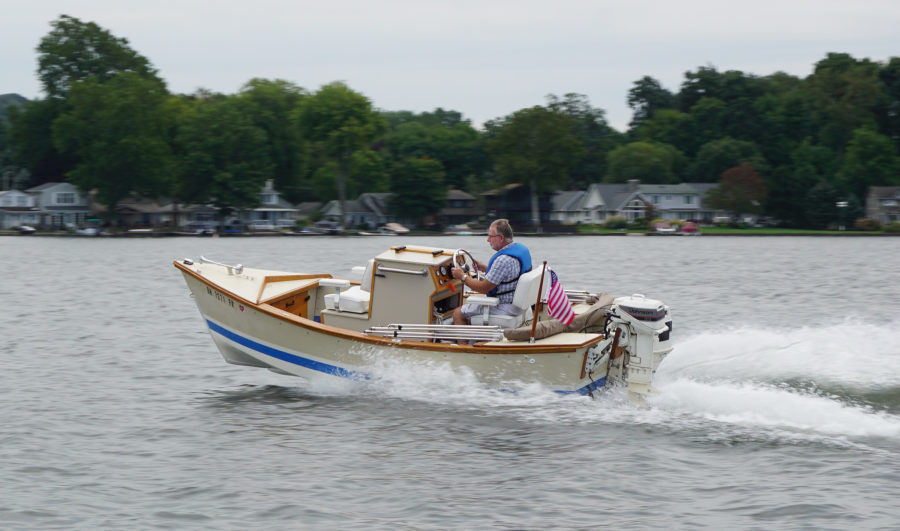
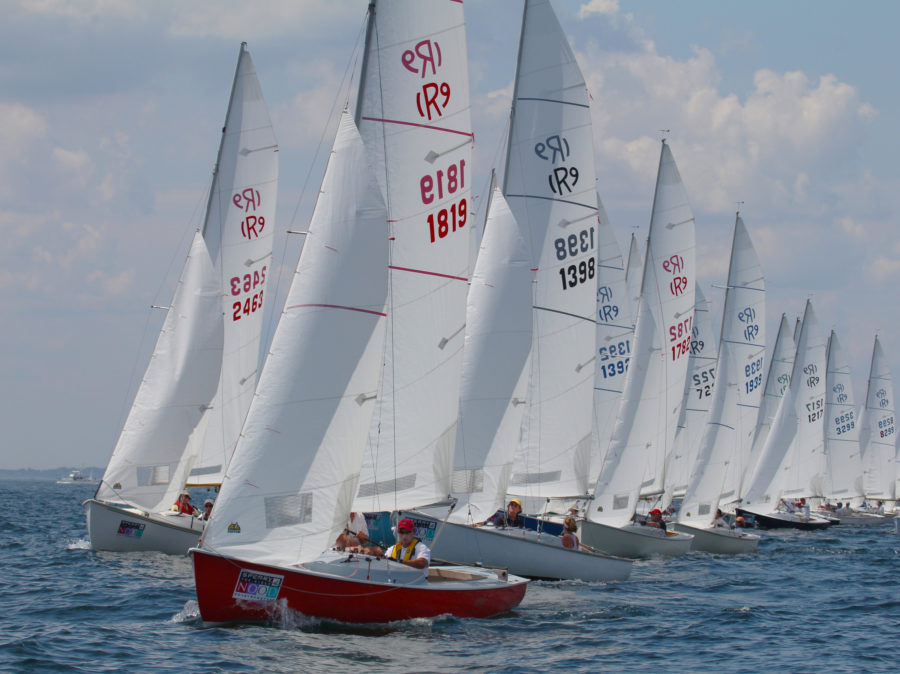
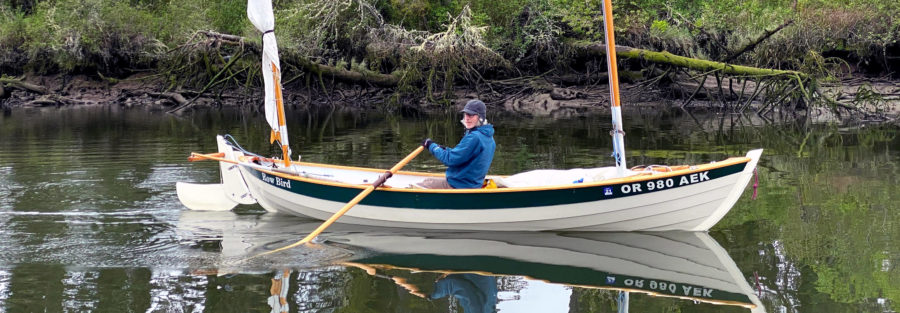
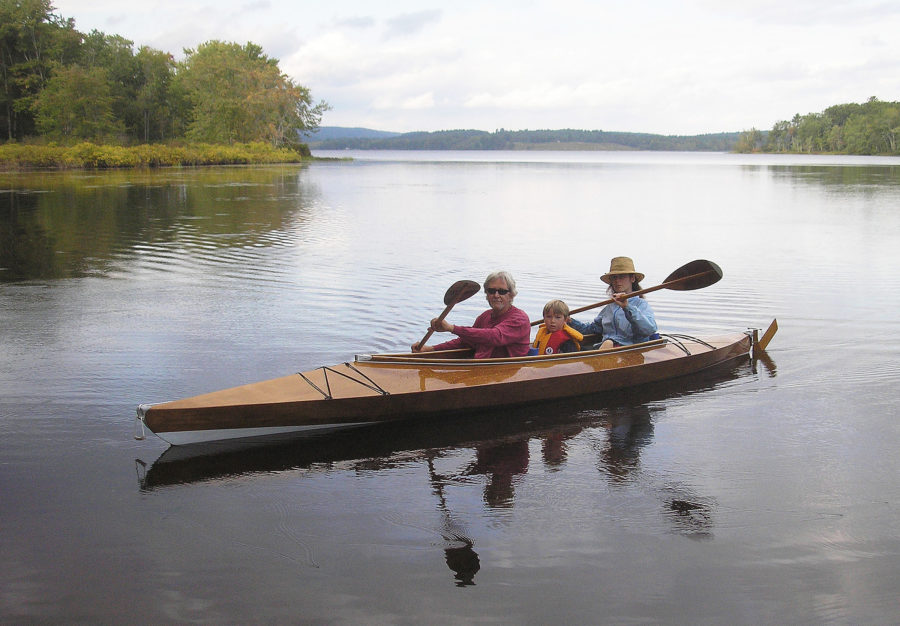
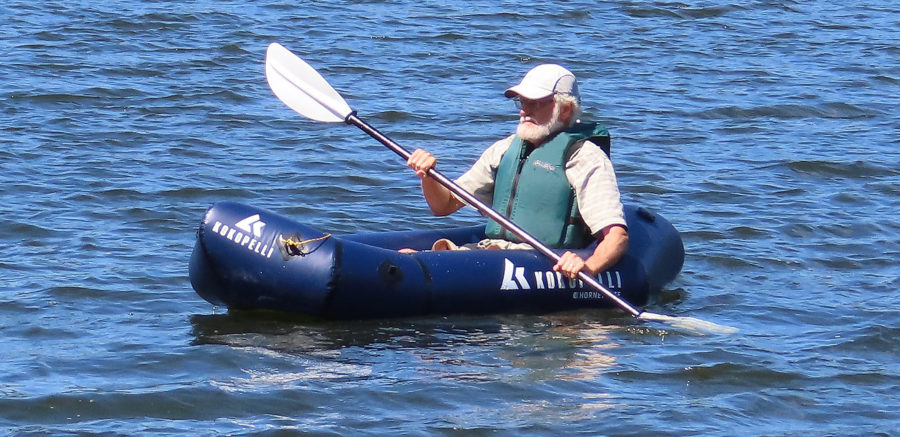
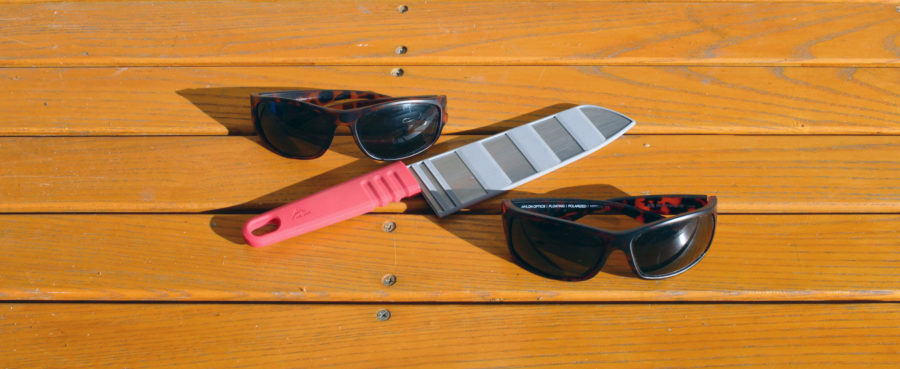
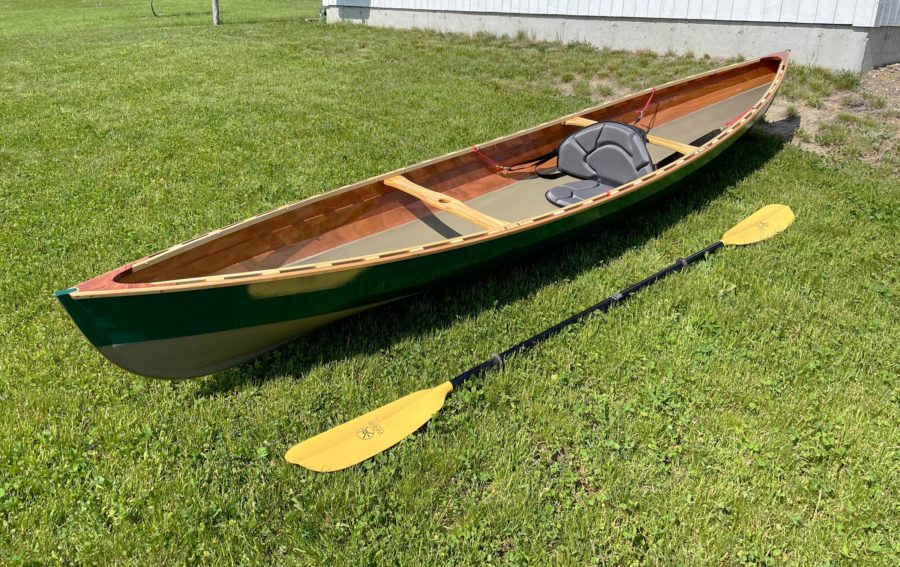
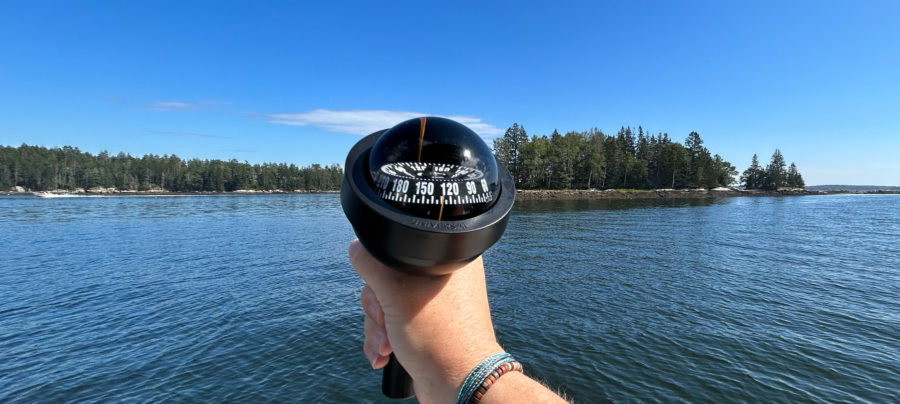
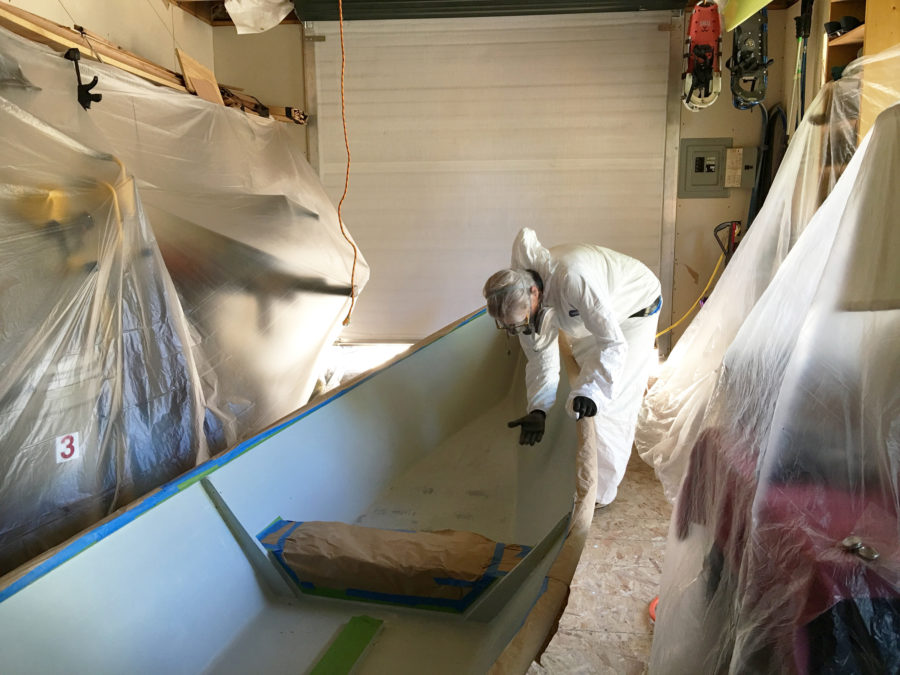
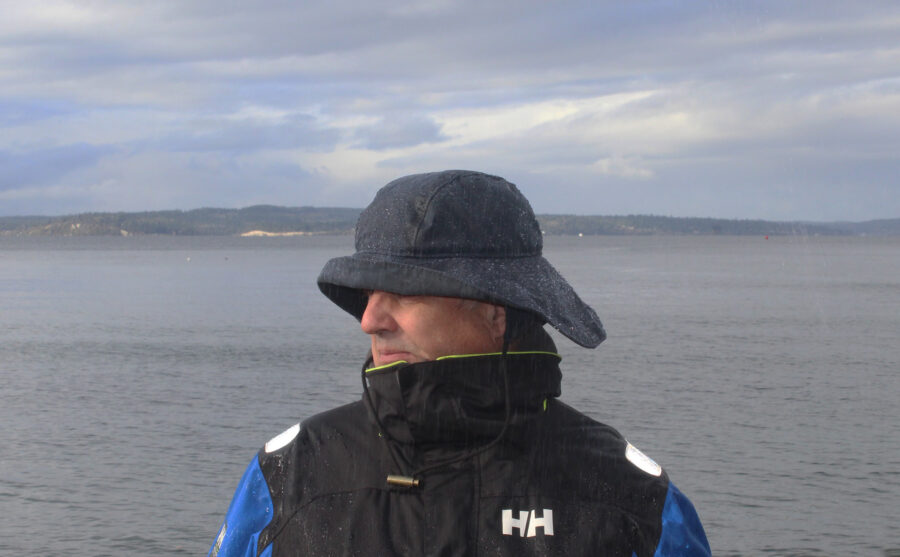
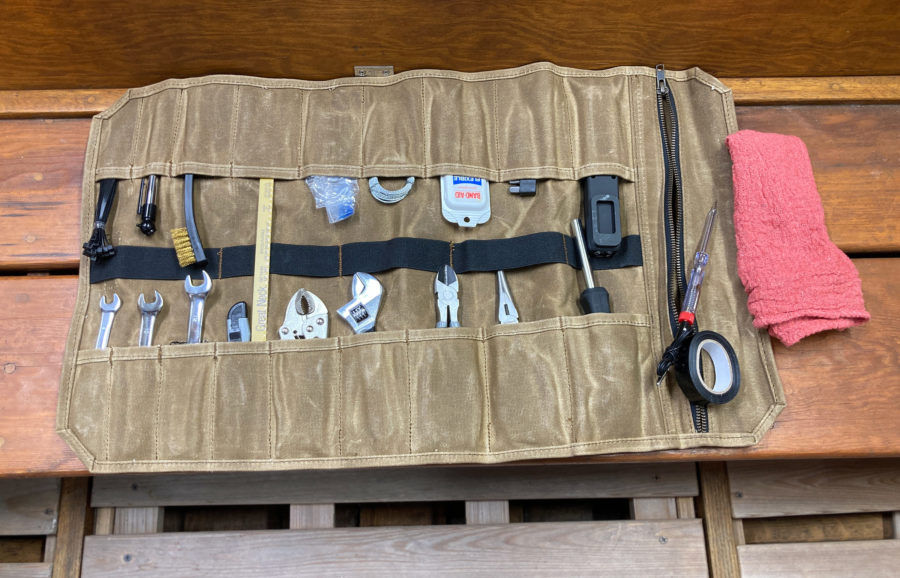
I need a pair after losing my sunglasess to the murky deep at the local ramp …now known to Skipper as the “Rayban Ramp.”